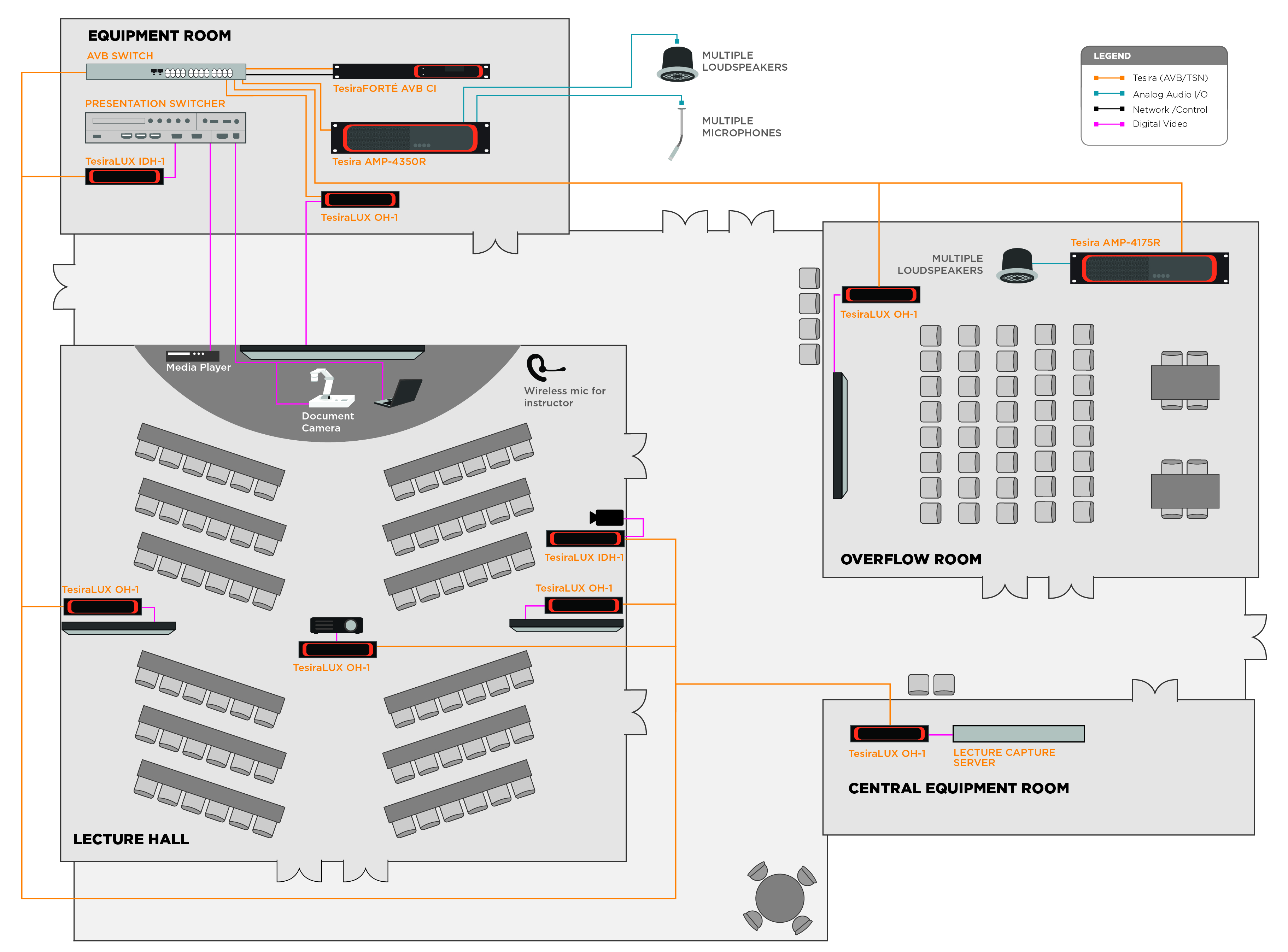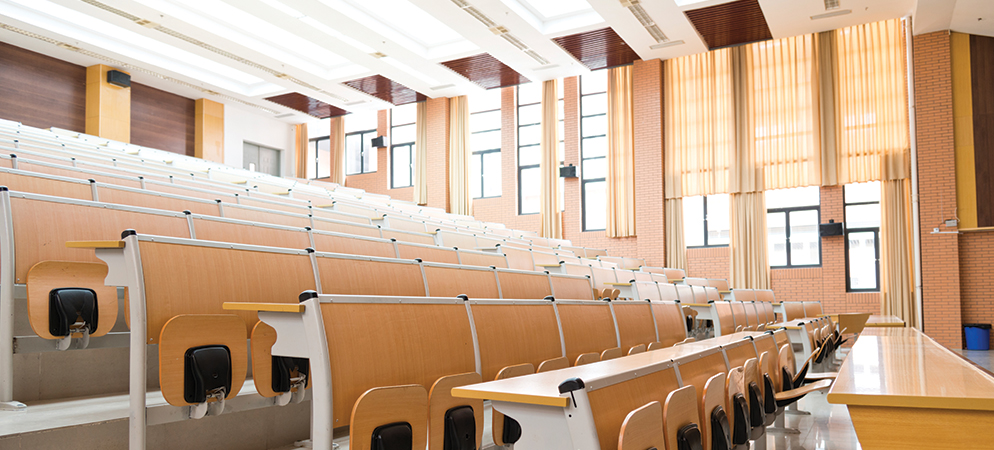Lecture capture is becoming an increasingly important resource for modern higher education. With brick-and-mortar institutions facing growing competition from online-only alternatives, instructors need ways to provide value-add for students attending class in person. While not intended as a replacement for in-class instruction, lecture capture systems offer three important benefits: an alternative when students miss class; an opportunity for content review, particularly when complex topics are introduced; and content for online course development.
Simply by capturing new content each year, instructors can develop an archive of material that’s available to students as reference. As a result, students can watch past as well as current lectures, which helps provide the extra information needed to grasp a difficult concept. With so much information to absorb and so little time in class to assimilate it, many students benefit from the ability to download the recorded lectures and review the sections that require additional clarification and understanding.

There are often a multitude of video sources to account for in effective lecture capture. From document cameras to spreadsheets and presentations, to live or streaming video, the lecture capture system must be able to accommodate a broad swath of bandwidth and resolution requirements. In this scenario, Tesira provides the audio and video processing for both the lecture hall and overflow room. TesiraLUX facilitates streaming the video sources to the monitors in the lecture hall, overflow rooms, and lecture capture server. TesiraFORTÉ provides the sound reinforcement for the lecture hall and advanced audio processing for the video streams as needed.
Low latency lip sync is crucial for the monitors in the rear of the lecture hall. By controlling the entire signal path, Tesira is able to provide integrated lip sync management without the need to add audio delays to the loudspeaker runs.
Download a copy of this education design guide, and stay tuned to Component for future system design guides.
